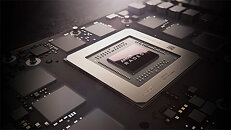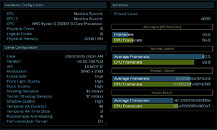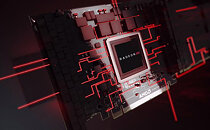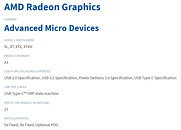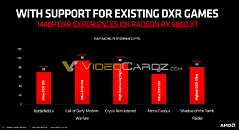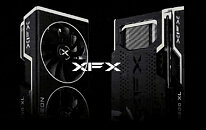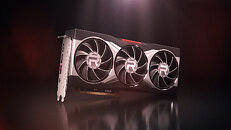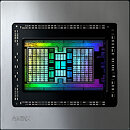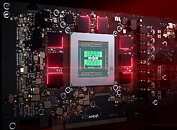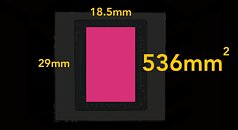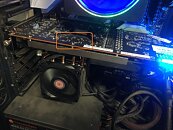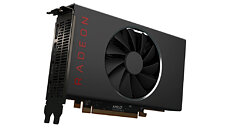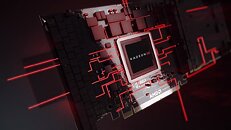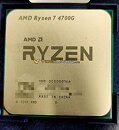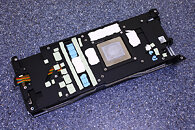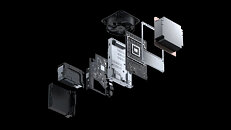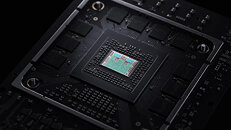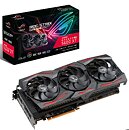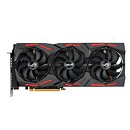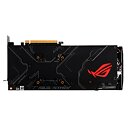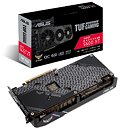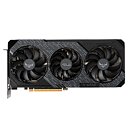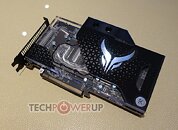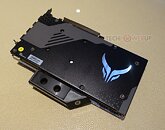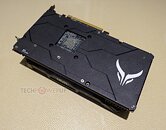Elon Musk Teases Updated Tesla Model S Design... That Can Play Cyberpunk and Witcher 3?
Today, Elon Musk, the founder of Tesla, Inc., has announced an update to the Tesla Model S automobile. The new car has seen a design revision for the first time since 2012, and it looks like something straight from the future. The interior has seen a complete revamp, and now it looks very futuristic and minimalistic. The specs of the car are also impressive. It can accelerate from 0-60 mph in just under two seconds. The starting price of the car is 80K USD, and it will be available in March. However, the speed and the price is not the main character found inside the car.
Tesla has announced that the updated Model S design has a new infotainment system that has a Tesla Arcade gaming platform with 10 TeraFLOPs of power. According to Mr. Musk, you will be able to play Witcher 3 and Cyberpunk on the Tesla Arcade, a new gaming platform for Tesla vehicles. Right now, it is undefined what is the exact configuration inside the new Tesla Model S car. However, it is speculated that AMD Radeon Navi 23 GPU is powering the platform. When it comes to the CPU choice, speculations are pointing out that Tesla is most likely using an Intel Atom chip paired with the aforementioned AMD Radeon GPU. All we know is that the GPU is clocked at 2.44 GHz, and possibly has 32 CUs. To play Cyberpunk and Witcher 3, you are would need to own one of these new Model S autos and the whole software stack is running locally. We are expecting to hear more about the final specifications once the car arrives in March.
Tesla has announced that the updated Model S design has a new infotainment system that has a Tesla Arcade gaming platform with 10 TeraFLOPs of power. According to Mr. Musk, you will be able to play Witcher 3 and Cyberpunk on the Tesla Arcade, a new gaming platform for Tesla vehicles. Right now, it is undefined what is the exact configuration inside the new Tesla Model S car. However, it is speculated that AMD Radeon Navi 23 GPU is powering the platform. When it comes to the CPU choice, speculations are pointing out that Tesla is most likely using an Intel Atom chip paired with the aforementioned AMD Radeon GPU. All we know is that the GPU is clocked at 2.44 GHz, and possibly has 32 CUs. To play Cyberpunk and Witcher 3, you are would need to own one of these new Model S autos and the whole software stack is running locally. We are expecting to hear more about the final specifications once the car arrives in March.






